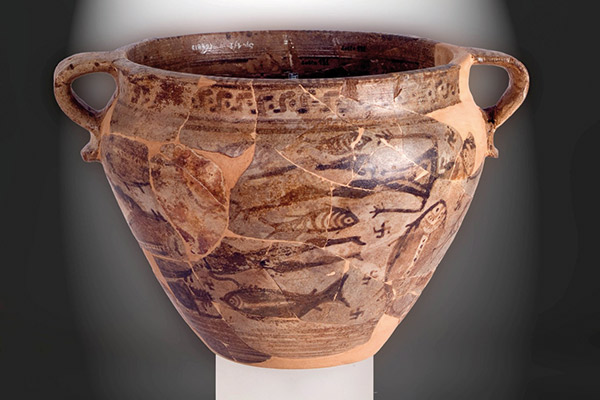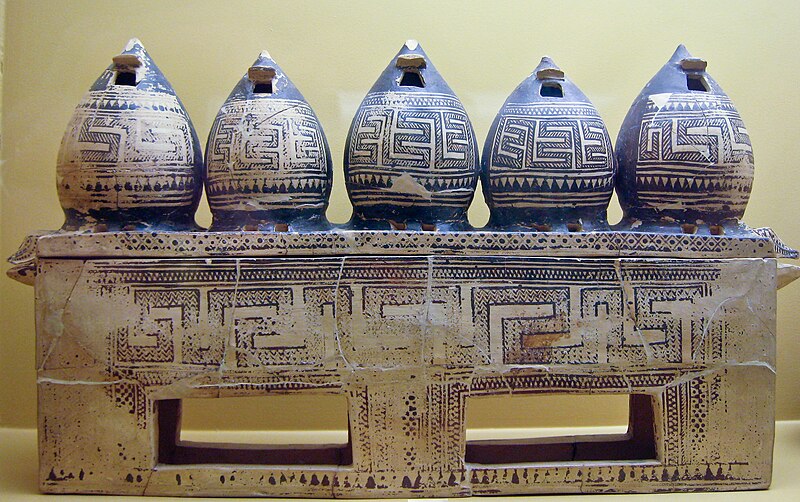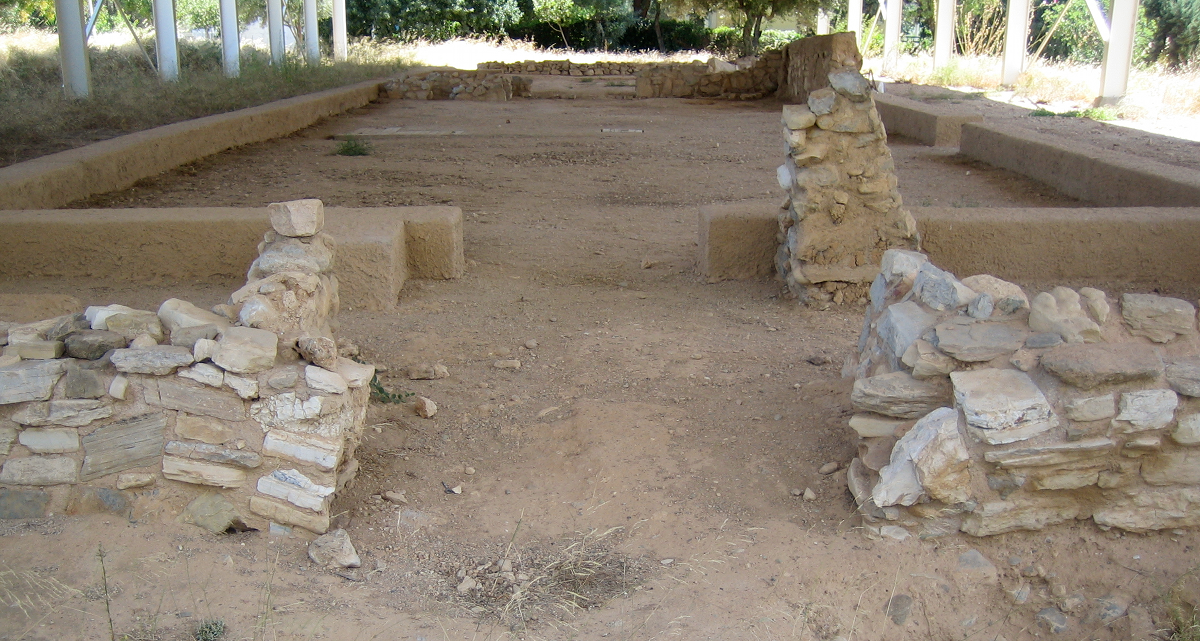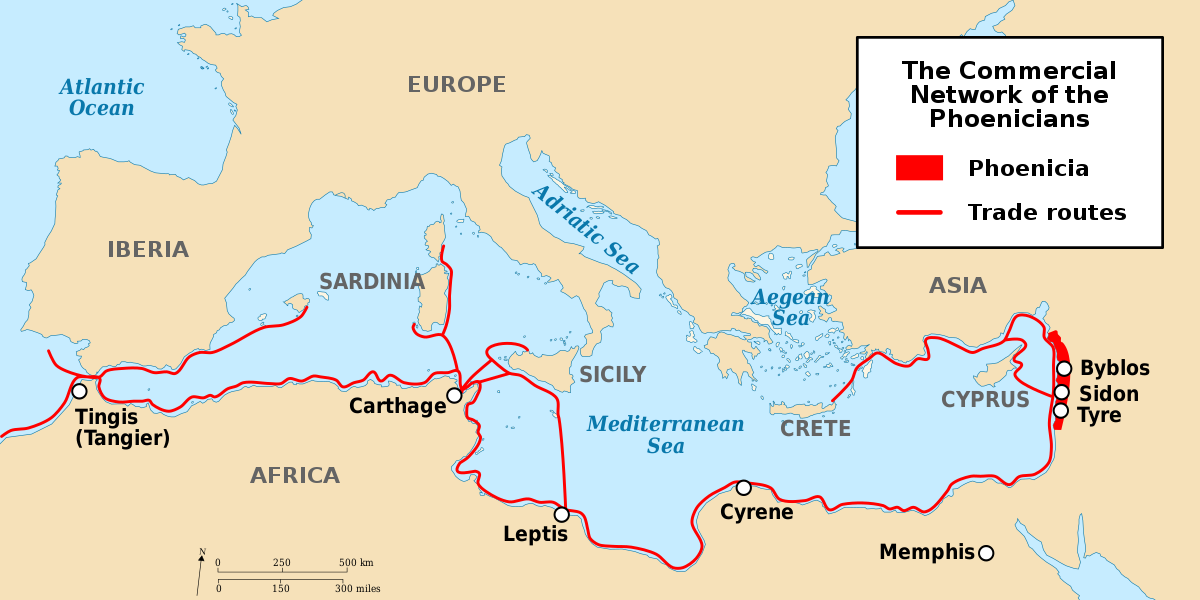In this episode, we discuss the archaeological evidence for the late "Dark Age" during the 9th and early 8th centuries BC, especially the Heroon at Lefkandi and the Keremeikos at Athens; Greece's cultural reawakening and reconnection with the Near East thanks to their contact with the Phoenicians; the development of the Greek alphabet and its impact on Greek cultural development; the establishment of three trading posts/colonies at El-Mina (in the Levant) and Pithekoussai and Kyme (central Italy); and the evolution of "Geometric" vase painting, especially on kraters and amphoras and their role in the funerary process
ca. 1050 BC - the Phoenicians adopted the linear script rendered in cuneiform in the Ugaritic language to fit the Semitic languages of the Levant
ca. 900-850 BC - the early Geometric period, in which Greek potters added new shapes and motifs to their repertoire, by featuring sharp angles, zigzags, repeating patterns, and what would later be consider the classic Greek meander pattern
ca. 900-850 BC - the early Geometric period, in which Greek potters added new shapes and motifs to their repertoire, by featuring sharp angles, zigzags, repeating patterns, and what would later be consider the classic Greek meander pattern
ca. 850-750 BC - the middle Geometric period, in which Greek potters gradually fill the entire surface of the vase, and they become larger and more ambitious
ca. 825 BC - evidence of early Greek-Phoenician-Cypriot cooperation can be seen in the establishment of a trading post at Al-Mina in northern Syria
ca. 800 BC - the economic recovery of Greece was in full effect; the Greeks adapted the Phoenician script into the first alphabetic script with vowels
ca. 775-750 BC - a group of colonists from Chalcis and Eretria in Euboia and from Cyme in Aeolos, together with the Phoenicians, established a trading post at Pithekoussai on the Italian island of Ischia in the Bay of Naples, meaning that there now was a trade route stretching from the Near East to the territory of the Etruscans
ca. 750-700 BC - the late Geometric Period, in which Greek vase painters began to depict living creatures once again in group scenes that told a kind of story
ca. 740 BC - the Euboeans established a colony at Kyme (Cumae) on the central Italian mainland, directly adjacent of Pithekoussai (island of Ischia), making it the oldest Greek-only colony in the west and giving them access to the Etruscans




***Part of episode discusses the rise of the Phoenicians
***Discusses what happened after the Sea Peoples, the rise of the Phoenicians, and the Greek "pirates" who also came along for the ride***

***Part of episode discusses how Phoenician traders dramatically opened up the Mediterranean, and the harbors that they traded through***
***Part of episode discusses how the Phoenicians developed trade in textile purple dyes***
***Phoenician and Euboean colonization efforts in Italy

***Part of episode discusses how the Greeks adopted the alphabet from the Phoenicians




***Discussion of 8th century BC Geometric pottery and the need for artists to cover every inch of the surface, with a particular focus on the Dipylon Vase ***






























No comments:
Post a Comment